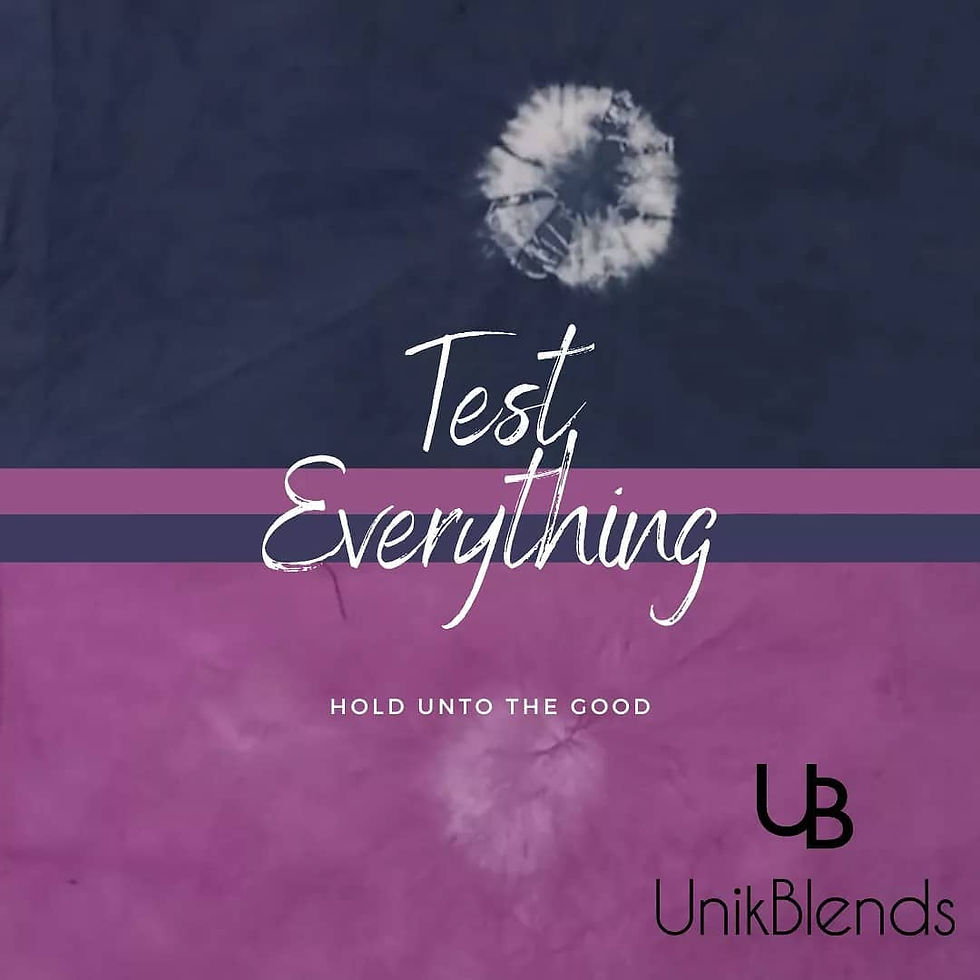Seeing Challenges, Differently.
- Christy Aikhorin-Vandu

- Jul 4, 2021
- 3 min read
Updated: Jul 5, 2021
Crazy but its been more than a year that I last wrote a blog!
That is the beastly bit but the beauty is that I get to restart blogging on my 'Adire Adventure', a series of short videos on Instagram, through which I share my journey of learning the art of making Adire fabrics, thanks to the online 'Make Your Adire fabric in 30days' course with AdireLounge.
And what better place to start than with some incredible history of these indigenous fabrics from West Africa.
Louder than Words.
I ascribe to the version of events that made Adire fabrics popular as a form of contemporary art through the creative and ingenious protest made by African women.
So here is how the story goes.
Decades ago, ancient norms of Yoruba land in modern day South West Africa, prevented women from speaking in public. In defiance to this frustration and injustice, some women chose to inscribe symbols and patterns on their clothing to convey messages, after all communication is only 7% verbal. Clothing, an essential part of everyday life was used to intentionally express personal observations, experiences and concerns within their limiting patriarchal spaces. Their designs and patterns not only effectively conveyed messages which were not easily interpreted by those who sort to silence and constrain them but served in mitigating several adverse social pressures, thus allowing women the possibility to flourish in craft and later, trade once dominated by men.
What is Adire?
'Adire' pronounced as 'Ah-DEE-reh' is a Yoruba word for Tie and Dye, that used indigo-dyed cloth decorated with resist dyeing techniques, which was typically passed down from grandmothers to the young female members of the family.
This method of cloth dyeing is a long, laborious process and generally takes a minimum of 15 days as the cloth, after being designed and tied is made to sit in large drums of dye then rinsed with water and sun dried.
Natural dyes derived from biodegradable materials, such as vegetables, flowers and tree bark and indigenous indigofera (Elu) tree leaves, were typically used for making Adire. However, these days, chemical dyes that offers a wider range of rich colours are commonly used.
The Challenge.
With the history and basics of Adire covered, I needed to secure materials to practice and develop my own Adire fabrics and this was were I had to strategize differently, for while AdireLounge provides all materials for the Adire course to trainees, I certainly did not want my little package from Nigeria, where AdireLounge dispatches these materials, transported to the Netherlands where I currently reside.
Why not? Because THE WAY YOU MOVE, MATERRS! You can read up more about the impact of transportation from one of my very first blogs.
Bottom line is that the option offered by AdireLounge for those of us not based in Nigeria was not a sustainable route I was willing to take. However, as I love the challenge of figuring out alternatives and doing things differently but more importantly sustainably, I took this up as part of my Adire Adventure, to seek, source and secure a local supplier for my Adire materials, particularly for dyes.
Challenge Accepted
After couple of internet searches, I found 3 local dye suppliers and decided to test all 3 products for this is what makes a challenge for I believe that challenges are not mere difficulties but insightful opportunities to THINK LIKE A SCIENTIST.
This means viewing the road ahead as a series of experiments to create space for discoveries and solve, not a problem but an interesting, intellectually stimulating puzzle!
And this is what I am doing with my Adire Adventures journey; exploring locally sourced dyes in a more engaging and experimental way, thereby creating room for testing, observing, listening, tweaking and then retesting. Yes, it is quite an iterative process but the results are awesome as you can see below.
Challenge Transformed
Through this slow and steady iteration, I found a winner!
For not only have I readily secured locally sourced dyes for my Adire fabrics but UnikBlends is now on a collaborative venture with Aybel Fabric Dye.
A venture that resulted from an email to Joost, owner of Aybel Fabric Dye which was followed by an invitation to a conversation and progressed into a unique space for alignment.
UnikBlends and Aybel in collaboration, have decided to Colour this Summer Fun as I share my Adire Adventures using Aybel fabric dyes through a Summer Workshop for kids.

For four (4) Wednesday afternoons, I will teach 5 cool tie dye techniques that colourfully transforms handmade bags, T-shirts and socks plus kids get to learn in a fun way, something new for LIFE.






















What an inspiring journey! Your creative courage and commitment to sustainability truly shine through. Turning challenges into opportunities with such grace is powerful. Love how you're blending tradition with innovation—especially involving kids through your workshop. Your story reminds me of the values we embrace as a Singapore TShirt Supplier—thoughtful design, mindful sourcing, and meaningful impact. Keep coloring the world!